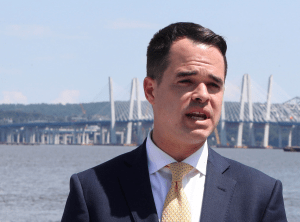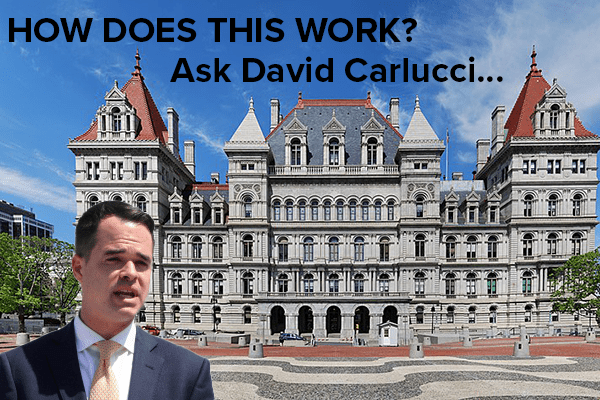Statewide registration law maintains local municipal bans on short-term rentals
By David Carlucci
 Today’s travel trends are very different from those of ten or even five years ago. Instead of staying in hotels, many travelers prefer to stay in apartments rented by their owners. Airbnb, a well-known name in this trend, offers over thirty thousand listings on any given day in New York City alone, more than half of which provide renters with an entire house or apartment.
Today’s travel trends are very different from those of ten or even five years ago. Instead of staying in hotels, many travelers prefer to stay in apartments rented by their owners. Airbnb, a well-known name in this trend, offers over thirty thousand listings on any given day in New York City alone, more than half of which provide renters with an entire house or apartment.
Although short-term rentals provide New York State with unprecedented opportunities and accommodations, they raise certain fears among homeowners, visitors, and New York residents. One of the most important questions surrounding short-term rentals is how many properties are being used for these services. Because there are no records of the number of properties rented for less than a month, some New Yorkers are concerned about the cost and availability of housing in New York State. To understand what properties are being used in New York’s housing market and how they are being used, Senator Hinchey and Representative Fahy have introduced bills S885C and A4130C in their respective legislative chambers, a bill to create a short-term rental registry.

If signed, S885C/A4130C will establish several requirements for short-term residential property landlords to do business in New York State. First, the law will require landlords to register their listings, listings, and advertisements with the Secretary of State every two years. Landlords must report the availability and activity of their rental properties each month. This includes a registration number, information on the location of each listing, whether it is a partial or full unit listing, and the number of nights each unit was occupied during the month. The Secretary of State will then report this information to each municipality so that they have a clearer picture of the local short-term rental market and its relationship to the local housing market.
Another component of the bill requires landlords to collect property sales and occupancy taxes. These costs would be borne by renters, i.e. visitors to the short-term rental properties, not the owners themselves. According to Hinchey and Fahy, this “bed tax” would be reinvested in New York State’s tourism industry, keeping hotels and other businesses afloat. However, some argue that these taxes would make traveling in New York less affordable for some visitors.

The law only covers offers available for less than thirty days and intended for tourist or temporary use. This means that there are exceptions for health care and for authorizations from government agencies. Likewise, this law does not cover the occupancy of homes by others when the homeowner is absent, unless there is financial compensation for the occupancy.
Several local governments have already established their short-term rental registries. For example, New York City passed Local Law 18 in January 2022, creating the city’s short-term rental registration portal. If signed, S885C/A4130C will not conflict with the city’s registry. Instead, the NYC registry will be grandfathered, meaning property owners will only need to register once.
At the local level, the towns of Clarkstown and Stony Point have banned short-term rentals entirely. The villages of Haverstraw and Suffern have established their own registration and permit systems that continue to allow short-term rentals under a set of strict rules. The statewide law, as it stands, would continue to allow local bans on short-term rentals and specifically maintains local laws that prohibit short-term rentals.
On June 10, 2024, the last day of the 2024 legislative session, the New York Legislature passed Hinchey and Fahy’s bill. However, the bill has not yet become law. As of August 21, Governor Hochul has not yet signed it.

